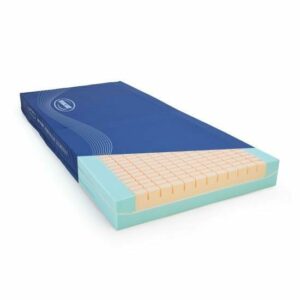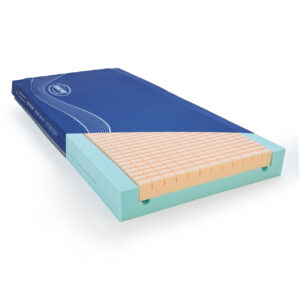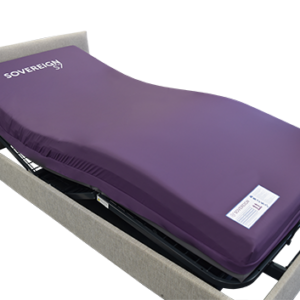Description
Pressure Redistribution
The overlay features the ActiveX™ 84 material which is a high grade of elastic type foam. ActiveX™ is responsive to temperature around inflamed areas and will become softer as it becomes warmer. So around a pressure point it will always soften and allow the blood to circulate freely.
Ventilated Side Fabric
Vant fabric is a three-dimensional polypropylene material that has high air permeability and is anti-bacterial. We use this on the side wall of the overlay covers to greatly increase air movement.






